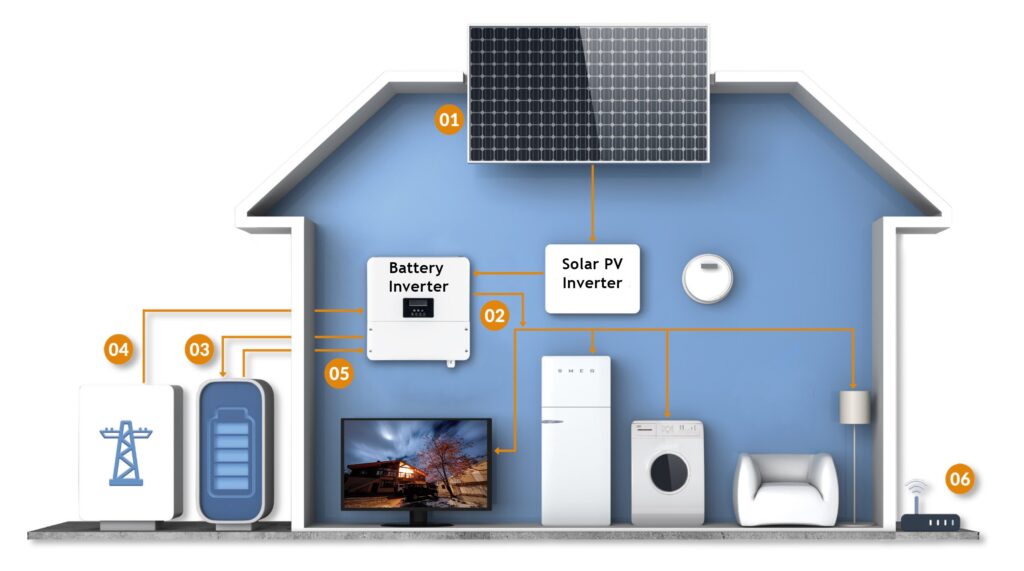To determine if a battery in an energy storage system needs replacement, you can look for specific performance indicators and conduct certain tests. Here are key factors to consider.
- Capacity Decline:
- Testing: Periodically test the battery’s capacity. If the capacity drops below a certain threshold (often 80% of its original capacity), replacement may be needed.
- Symptoms: Frequent cycling without lasting as long as it used to.
- Voltage Irregularities:
- Testing: Check the battery’s voltage under load. A significant drop in voltage during normal operation or an inability to hold a charge is a common sign of aging.
- Symptoms: Irregular voltage, or voltage drops more than expected during discharge.
- Internal Resistance:
- Testing: Measure the battery’s internal resistance. An increase in internal resistance over time means the battery is less efficient and may struggle with high-load applications.
- Symptoms: Battery may heat up more than usual during charge or discharge cycles.
- Cycle Count:
- Testing: Keep track of charge-discharge cycles. Most batteries have a specified cycle life. If the battery is nearing or has exceeded its cycle life, it may need replacement.
- Symptoms: Reduced performance with age, even if the battery still appears to hold charge.
- Thermal Behavior:
- Testing: Monitor for unusual heating patterns. Batteries that get excessively hot or show signs of thermal instability under normal usage could be nearing the end of life.
- Symptoms: Increased heat generation, especially when charging or discharging.
- Physical Indicators:
- Inspection: Check for physical signs like swelling, leaks, or corrosion. This can indicate chemical instability or degradation inside the battery.
- Symptoms: Visible signs of wear or damage such as bulging, leakage, or corrosion on terminals.
- Charge Retention:
- Testing: After a full charge, monitor how long the battery retains its charge when idle. A battery that self-discharges quickly may be nearing the end of its useful life.
- Symptoms: Needs frequent recharging, even when not in use.
- Battery Management System (BMS) Alerts:
- Testing: Review alerts or diagnostics from the battery management system. The BMS can provide insights into abnormal conditions, voltage inconsistencies, or capacity drops.
- Symptoms: Consistent warnings or fault codes from the BMS.
Regular maintenance checks using these methods can help identify when a battery is no longer fit for service and needs to be replaced.


